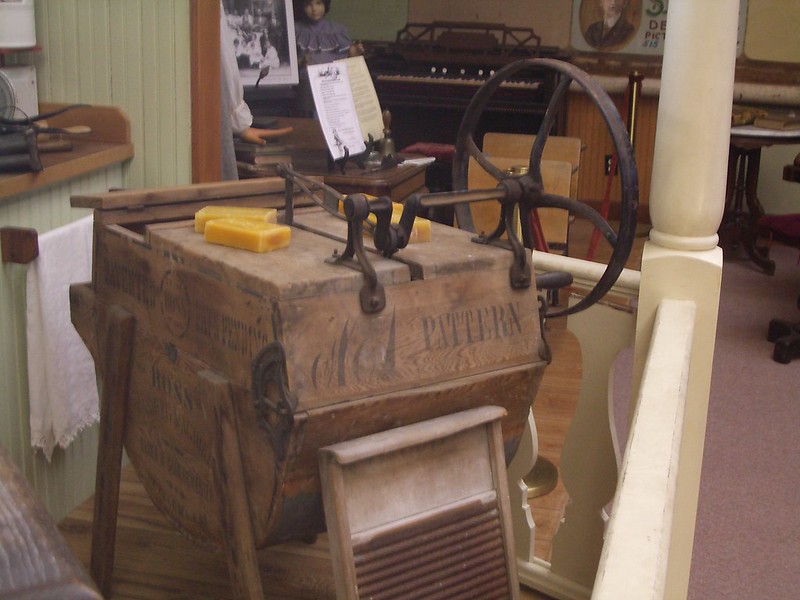Anybody looking to take charge of a museum of washing machines? I bet the perks include on-site laundry.
According to Popular Science magazine, the Lee Maxwell Washing Machine Museum in Eaton, Colorado, is facing an uncertain future.
Its namesake, retired engineer and laundry enthusiast Lee Maxwell, is 89 years old and wants to pass on his collection of some 1,600 machines to the next generation.
And hopefully someone takes him up on that offer, because there’s a lot of history here.
As Maxwell explains, it’s not as if we all went to bed one night in the 18th century and then woke up with the machines we know and use today.
It took time to develop machines that did the work that was done by hand, and mostly women’s hands at that. Some of the machines tumbled wet clothes, some scrubbed them, some wrung the water out of the clothes, some did all of the above.
How they did those tasks, of course, is where the interesting part of the history comes in. The earliest machines had to be turned by hand. A few used horse power to do the laundry, and then there was the invention in 1885 that was a combination washing machine/seesaw that used the energy from the seesawing kids to carry out the cleaning.
Which, honestly, some of today’s parents might look at and think, two birds, one stone.
But I never wanted to be a washing machine historian… I wanted to be… a something. Oh, right, lumberjack!
Today in Hayward, Wisconsin, the 60th annual Lumberjack World Championships begin, so we can find out who excels at log rolling, speed pole climbing, double bit axe throwing and other timber sports.
Don’t let it throw you that the competitors aren’t all wearing flannel. After all, it’s summer, it’s hot out there! And they can still leap from tree to tree, as they float down the mighty rivers of British Columbia!
The Secret History of Washing Machines (Popular Mechanics)
Lumberjack World Championships
I’m a Cool Weird Awesome backer on Patreon, and I’m ok
Washing machine photo by greatlettuce via Flickr/CC

